You need a new phone system for your business and you don’t know where to start. There are many VoIP PBX solutions on the market and the one you choose depends on what you require your phone system to do. You should consider the growing demands of your business, including whether or not you have a single or multiple locations, do you need video or conferencing capabilities?
Note the number of extensions/users, what are your budget limitations, and do you have space to store equipment? If cost is a consideration (and I don’t know anyone for which it wouldn’t be), consider the ongoing costs for the solutions you are reviewing. Does the solution require licensing and is that licensing a one-time charge, monthly, or annual cost? You should also look at your in-house technology staff – do you have anyone who can knowledgeably monitor telecommunications equipment?
Key Takeaways
- On-premises PBX systems offer full control, customization, and tighter security, but require high upfront investment and in-house IT expertise for maintenance.
- Cloud-based PBX systems are cost-effective, scalable, and ideal for remote workforces, requiring minimal hardware, faster deployment, and lower ongoing maintenance.
- Choosing between on-premises and cloud PBX depends on your business size, budget, growth plans, remote work needs, and security/compliance requirements.
Understand PBX Systems
A Private Branch Exchange (PBX) is a telephone system within a business that enables internal communication and manages external calls. Traditionally, PBX systems required physical hardware installed on company premises. However, with advancements in VoIP (Voice over Internet Protocol) technology, businesses can now choose cloud-hosted PBX solutions, eliminating the need for on-site equipment. Both on-premises and cloud-based PBX systems serve the same fundamental purpose – handling business calls efficiently. However, they differ in terms of deployment, cost, maintenance, and flexibility.
When considering the best solution for your organization’s communication needs between traditional vs IP phone systems or hosted vs premise-based solutions , it is essential to weigh the advantages of each option carefully. Cloud-based PBX offers more flexibility and scalability compared to traditional hardware setups while also providing enhanced security features through encrypted internet connections.
In conclusion, choosing between an on-premise or cloud-hosted PBX system will depend on factors such as cost considerations , maintenance requirements ,and overall control over your telecommunication infrastructure . It’s important to evaluate your specific business needs before making a decision to ensure you select the right solution that aligns with your goals and objectives.
Exploring On-Premises Systems
An on-premise system, also known as a premise-based system, involves having all the hardware and software located at your physical site rather than in the cloud. One of the key advantages of an on-premises PBX system is that you have full control over your communication technology. This means you can customize features to meet your specific needs and ensure security measures are tailored to protect sensitive information. In comparison to cloud-based solutions, on-premises systems may require more upfront costs for hardware and maintenance. However, many businesses find that the long-term cost savings and reliability make this choice worth considering.
By having an on-premises phone system, you can be confident in the reliability of your calls and have peace of mind knowing that you have direct access to support if any issues arise. Additionally, with an on-site solution, you can easily integrate other technologies into your existing infrastructure without relying on external service providers. Overall, when deciding between a hosted or premise-based phone system, consider factors such as control over equipment and security measures. An on-premises solution may be the best choice for organizations looking for a reliable communication technology that offers flexibility and customization options tailored specifically to their needs.
Key Differences Between On-Premises and Cloud-Based PBX
Deployment and Infrastructure
| Feature | On-Premises PBX | Cloud-Based PBX |
| Hardware | Requires physical servers and hardware on-site | No on-site equipment needed; hosted in the cloud |
| Installation | Complex setup requiring IT expertise | Quick setup via internet-based configurations |
| Maintenance | Requires regular upkeep and in-house IT support | Managed by the service provider |
With an on-premises PBX system, businesses must invest in physical infrastructure, such as servers and networking equipment. This provides direct control over the system but also means higher upfront costs. In contrast, cloud PBX solutions are managed remotely, reducing the need for expensive hardware and in-house maintenance.
Cost Considerations
| Cost Factor | On-Premises PBX | Cloud-Based PBX |
| Initial Investment | High (hardware, installation, setup) | Low (subscription-based pricing) |
| Ongoing Expenses | Maintenance, upgrades, IT staff | Monthly/annual fees for service |
| Scalability Costs | Expensive (new hardware required) | Scales easily with minimal cost |
On-premises systems require substantial investment upfront, including hardware costs, software licensing, and installation. Additionally, ongoing expenses for maintenance and IT support can add up. Meanwhile, cloud PBX solutions operate on a subscription basis, offering predictable monthly costs. This makes them a more cost-effective option for businesses looking to minimize capital expenditures.
Scalability and Flexibility
| Factor | On-Premises PBX | Cloud-Based PBX |
| Expansion | Requires additional hardware | Easily scalable via software-based configurations |
| Remote Work | Limited support for remote users | Seamless integration with remote and mobile workforces |
| Customization | Highly customizable but complex | Flexible and easily adaptable |
For businesses expecting growth or requiring adaptability, cloud-based PBX is often the better option. It allows for effortless scaling without the need for additional hardware. On the other hand, on-premises PBX systems can be customized extensively but require more effort to modify.
Security and Reliability
| Security Aspect | On-Premises PBX | Cloud-Based PBX |
| Data Control | Full control over data and security | Security managed by service provider |
| Risk of Downtime | Dependent on internal infrastructure | Redundant cloud servers minimize downtime |
| Cybersecurity | Needs robust in-house security measures | Encryption and security protocols handled by the provider |
Security is a major concern when choosing a PBX system. On-premises PBX solutions offer full control over data, which is beneficial for businesses handling sensitive information. However, they also require strong cybersecurity measures to prevent breaches. In contrast, cloud PBX providers implement high-level security protocols, including data encryption and disaster recovery, ensuring minimal downtime.
Pros and Cons of On-Premises and Cloud PBX Systems
On-Premises PBX: Advantages and Disadvantages
Pros
- Full control over hardware and security
- No reliance on third-party service providers
- Greater customization and integration with business software
Cons
- High upfront costs for hardware and installation
- Requires dedicated IT staff for maintenance
- Limited flexibility for remote workforces
Cloud PBX: Advantages and Disadvantages
Pros
- Lower initial costs with subscription-based pricing
- Easy scalability to accommodate business growth
- Remote access for teams working from different locations
- Minimal IT maintenance required
Cons
- Data is stored on third-party servers, raising security concerns
- Performance depends on internet connectivity
- Less customization compared to on-premises solutions
Factors to Consider When Choosing a PBX System
When deciding between on-premises and cloud-based PBX, businesses should evaluate several factors to determine the best fit for their needs.
1. Budget and Cost Structure
- Does your business prefer a lower upfront investment with predictable monthly fees?
- Are you willing to allocate resources for IT maintenance and upgrades?
2. Scalability Requirements
- Will your company expand in the near future?
- Do you need a system that can grow without additional hardware investments?
3. Remote Work Capabilities
- Does your workforce require remote access to the phone system?
- Is flexibility in device connectivity a priority?
4. Security and Compliance
- Are there industry regulations that require full control over data?
- How important is encryption and disaster recovery for your business?
5. IT Support and Maintenance
- Do you have an in-house IT team to manage system updates?
- Would outsourcing maintenance to a service provider be more efficient?
Which PBX System is Right for Your Business?
The ideal choice depends on the specific needs of your organization.
- Small to medium-sized businesses looking for a cost-effective, scalable solution should consider cloud-based PBX systems. These offer flexibility, ease of use, and minimal maintenance.
- Large enterprises or organizations requiring strict data security and customization may benefit from an on-premises PBX, provided they have the necessary IT resources to maintain it.
For companies transitioning to a hybrid or remote work environment, cloud PBX solutions provide superior accessibility and scalability, ensuring seamless communication across multiple locations.
Conclusion
Both on-premises and cloud-based PBX systems offer distinct advantages, and the choice depends on your business’s unique needs. While on-premises solutions provide greater control and security, cloud-based systems offer flexibility, cost savings, and ease of management. Evaluating factors such as budget, scalability, security, and IT support will help businesses make an informed decision.
If you’re considering a transition to a modern VoIP phone system, comparing specific features and pricing from different providers is the next logical step. Ensuring your business communication system aligns with long-term growth and operational goals will set the foundation for efficient and reliable telephony services.
What do I do now?
With the market changing in response to evolving technology, it’s no wonder that traditional phone services are going away and new providers are now offering a multitude of services to the business consumer, making it easier for you to determine which VoIP PBX solution is best for you. However, if you still don’t know what to do, hire someone who does. Many of these
VoIP providers work directly with SIP trunk service providers, hosting companies and PBX manufacturers to offer a more consultative approach to phone systems with cultivated products and services that often include all the featured bells and whistles you want in a phone system, like video calling and multi-party conference calls, along with sometimes unlimited sip trunking and hosting services.









